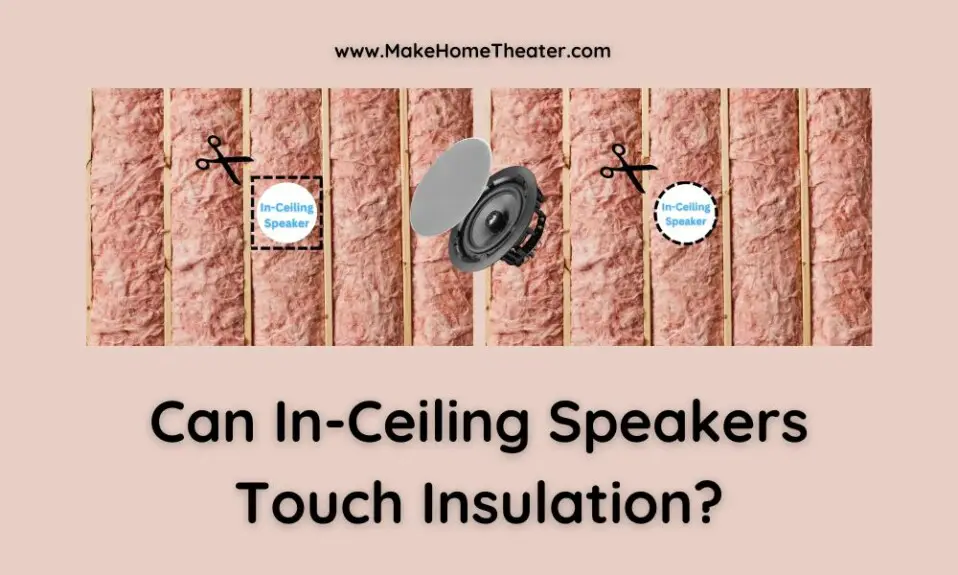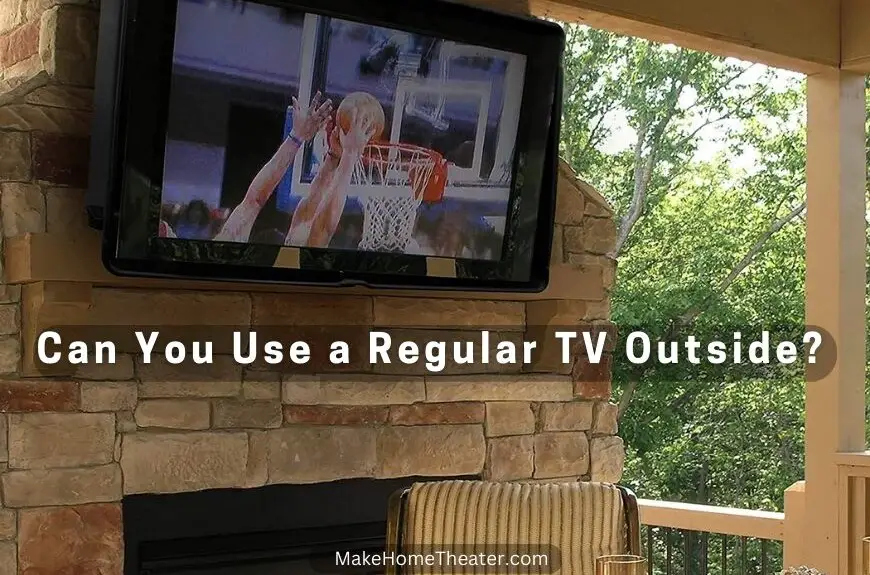Installing speakers into your ceiling can be a challenge when it comes to insulation. You might be worried about the safety of the speakers coming into contact with insulation. But fear not, in-ceiling speakers are fireproof and can handle insulation contact. So can in-ceiling speakers touch insulation?
The amount of insulation contact can affect the sound quality of the speakers. For example, having a lot of insulation contact may muffle higher pitches, but preserve good bass response.
If you want to protect the sound quality of your speakers, there are a few options. One is to create a custom speaker box, or you can use less labor-intensive alternatives. The type of speaker you use will also impact the final audio quality. Budget options like the Micca M-8C(on Amazon) or higher-end speakers like the SONOS Architectural in-ceiling speakers(on Amazon).
It’s also important to consider whether you’re using in-ceiling or in-wall speakers for surround sound. The choice between the two will impact your decision on how to handle the insulation. Get all the details in our comprehensive guide.
Table of Contents
Is Contact Between Insulation and a Ceiling-Mounted Speaker Hazardous?
Installing electrical equipment in a potentially hazardous environment requires caution. A regular speaker uses the same amount of power as a light bulb and can start a fire. However, don’t worry, the insulation is not a fire hazard. Fiberglass insulation won’t ignite even if it’s touching the speaker’s electrical terminals. Cellulose insulation, treated with fire retardants, needs a lot of heat to ignite.
The contact between the speaker and insulation can affect the sound quality. The increased pressure on the speaker may mute high-frequency sounds and amplify low frequencies. This will also cause compression, where quiet frequencies are amplified and loud frequencies are muted to balance the sound.
If your in-ceiling or in-wall speakers are not your primary speakers, the compressed sound can enhance the warmth and bass response of your surround sound. But if they are your primary speakers or only surround sound speakers, you may want to create space between the insulation and speaker to ensure full range sound quality for explosions and soundtracks.
How to Keep Insulation and In-Ceiling Speakers from Touching?
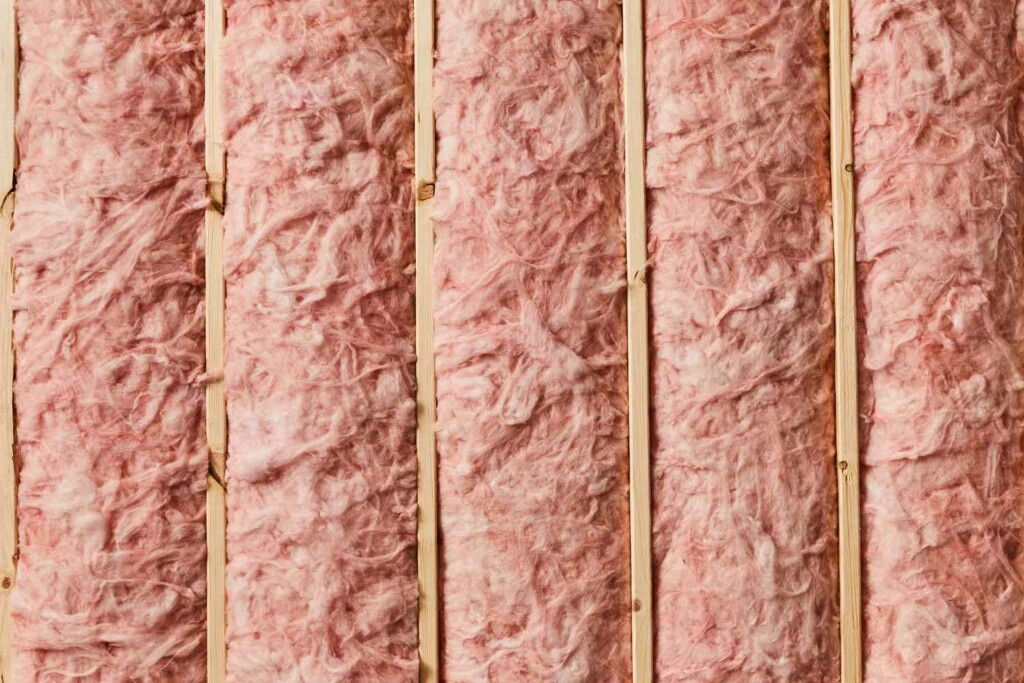
Before installing your in-ceiling speaker, you need to find a suitable location for it. You want to balance between a place that provides optimal sound for your home theater and a location that avoids obstacles such as wires, plumbing, and joists behind the drywall.
Begin by determining the position you want your speaker to be on the ceiling. Use a stud finder to avoid joists. Then, drill a small hole in the center of the chosen location and insert a bent coat hanger.
Next, go to the space above the ceiling and locate where the hanger is poking through. Get someone to hold the hanger in place, if needed. Check if there are any plumbing or wires present in the area. If there are, plug the hole and try again in a different spot. But, if the area is clear, you can proceed to remove the insulation and install the speaker.
Before cutting away any insulation, ensure that the placement of all your speakers is confirmed. This will help you avoid having to move speakers around and rearrange the installation process later on.
Note: Before you handle insulation, protect yourself. Wear gloves and safety glasses to avoid skin and eye irritation from fiberglass and other materials. Personal protective equipment is necessary to prevent any discomfort while following instructions.
Remove a Square of Insulation: Cheap Option with Best Sound Quality
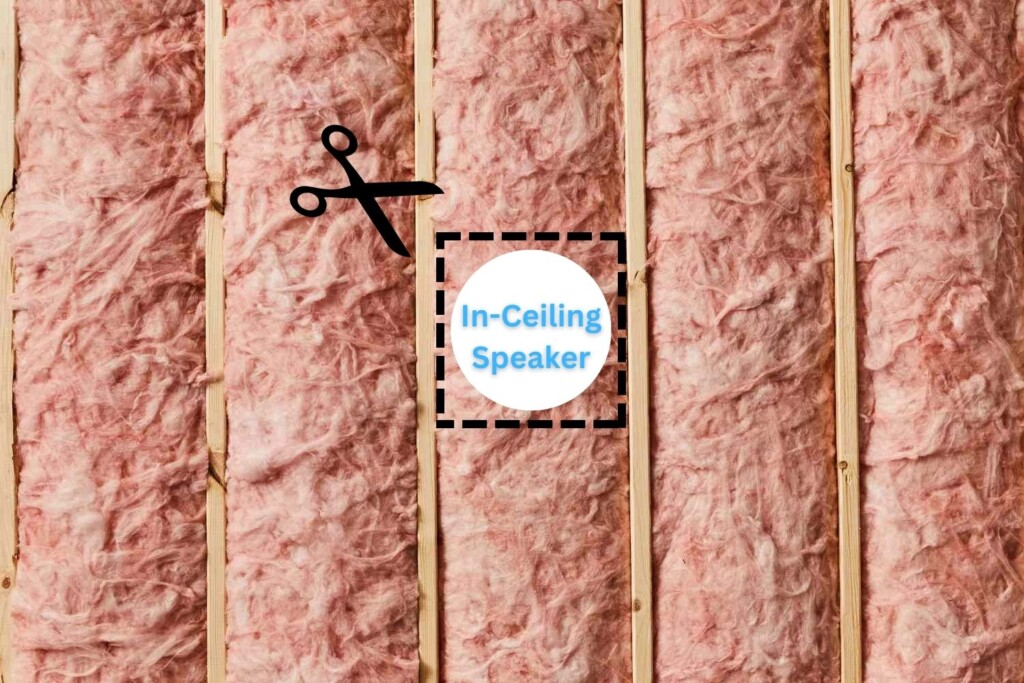
Insulation has the potential to dull and color the sound, which can be a problem if the in-ceiling speaker is the primary surround speaker. To ensure optimal sound quality, it’s best to remove a portion of insulation that is larger than the speaker’s face.
To remove fiberglass insulation, start by using a pencil to outline the speaker’s face in the insulation. If the speaker is circular, draw a square that is tangent to the circle. Then, measure a half-inch away from the outline on the left side and make tick marks at two points.
This will leave enough room for the speaker to vibrate properly, preserving the sound quality. The use of active voice and short sentences makes the instructions clear and easy to understand. The transition words “To start” and “Then” provide a clear flow to the steps involved.
Next, connect the tick marks and extend the lines above and below the speaker outline. Repeat this on the other sides to form a rectangle.
Using a utility knife, carefully cut along the rectangle to remove the insulation. It may take several cuts to go all the way through. After removing the insulation, follow the speaker’s installation manual.
If you have blown-in insulation, a speaker box will be necessary to achieve the same result as removing a portion of fiberglass insulation. However, blown-in insulation has less dampening effect as it is made of loose particles.
Note…
Please note that this method is only suitable for lower levels of a multi-story home. If the ceiling touches a roof or uninsulated attic, removing insulation may result in significant loss of climate control in the house. The short sentences and active voice keep the instructions clear and easy to follow. The use of transition words such as “Next” and “After” maintain the flow of the steps involved.
Read Also: In-Ceiling Speaker Size: What’s The Best Size Should You Get?
Remove a Speaker-Sized Section of Insulation: Cheap Option with Best Insulation
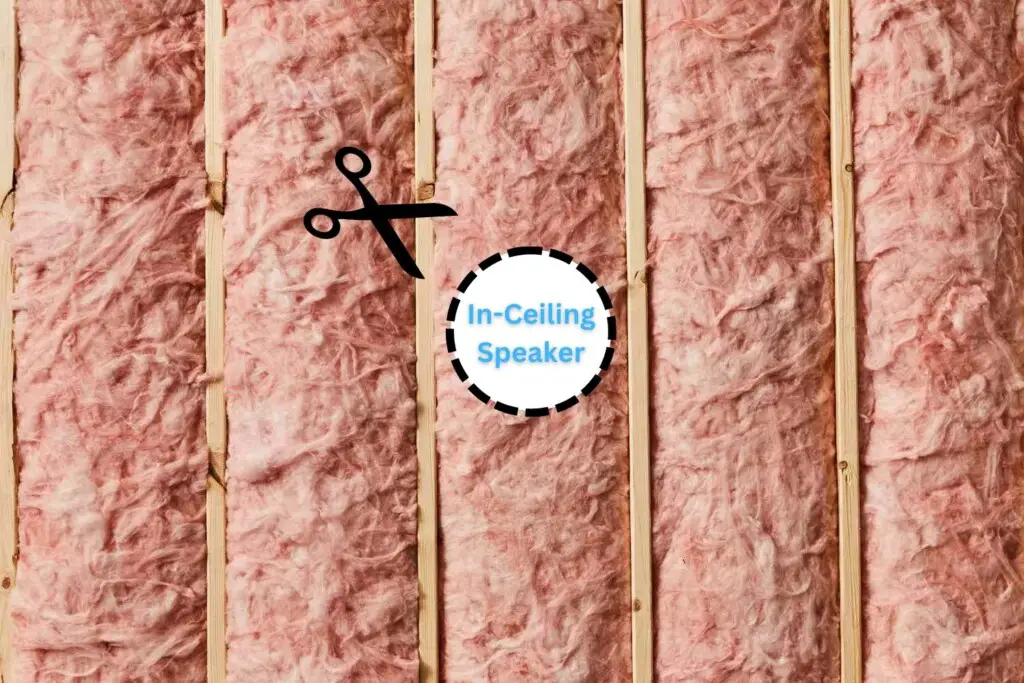
When insulating your home, you may prioritize insulation over sound quality. In this case, consider removing a portion of insulation that is the size of your speaker.
Here’s how to do it with fiberglass insulation:
- Outline the speaker on the insulation with a pencil.
- Cut the outline into the insulation using a utility knife.
- Remove the section of insulation.
- Test the size of the hole by inserting the speaker backwards into it.
- If the hole is too small, shave the outline and retest.
- Finally, install your speaker as usual.
Speaker Box: Project Option
A speaker box is your only choice if you want to add blown-in insulation to your home. It’s also the best way to maintain your sound quality while keeping your home insulated. The process of constructing a speaker box is straightforward. First, you’ll need some plywood and 2 x 8 lumber. Then, trace the shape of your speaker onto the plywood.
If your speaker is circular, draw a square with sides that are tangent to the circle. Measure three inches from the rectangular outline on two different points on the left side and draw tick marks. Connect these marks and extend the line to an inch above and below the speaker outline. Repeat this process for the other sides. Cut out the square or rectangle.
Next, measure one side of the plywood and cut lengths of 2 x 8 that are one and a half inches shorter. Put one length of 2 x 8 on the face of the plywood along the outside, with the short end touching one side of the plywood. Nail the lumber into place from the other side. Repeat by installing the next piece of plywood with the short end touching the side that has room left by the previous length of lumber.
Determine the placement of your speakers and remove an insulation square that is as large as the plywood of your speaker box. Make sure the speaker box fits snugly inside and install your speakers. Finally, slide the speaker box into the insulation and cover it with insulation.
Read Also: In-Ceiling vs In-Wall Speakers – Which is Best In Your Case?
What is the best option for me?
Choosing the right approach for removing insulation for speaker installation can be difficult. Sound quality is important, but the climate is likely to be the biggest determining factor. Cheaper options that remove insulation from your home can result in heat loss in the winter and increased cooling costs in the summer.
If you live in a place with extreme weather, it’s important to consider making a speaker box or keeping the insulation close to the speakers. This will help maintain the insulation and prevent heat or cooling loss. Although it may not be ideal, it’s not a disastrous situation.
Related Q&A

What are in-ceiling speakers?
- In-ceiling speakers are speakers installed inside the ceiling.
Can in-ceiling speakers touch insulation?
- Yes, in-ceiling speakers can touch insulation, but it is recommended to keep a small gap.
Why should in-ceiling speakers not touch insulation?
- If in-ceiling speakers touch insulation, it can impact sound quality and potentially cause damage.
Can insulation be moved to make room for in-ceiling speakers?
- Yes, insulation can be moved to make room for in-ceiling speakers, but it must be done carefully to avoid damaging the insulation.
Is it safe to have in-ceiling speakers touch insulation?
- No, it is not safe to have in-ceiling speakers touch insulation as it can affect sound quality and potentially cause damage.
What type of insulation is best for in-ceiling speakers?
- Fiberglass insulation is the most common type used for in-ceiling speakers.
What is the ideal gap between in-ceiling speakers and insulation?
- The ideal gap between in-ceiling speakers and insulation is about 1 inch.
What should be done if in-ceiling speakers touch insulation?
- If in-ceiling speakers touch insulation, it’s recommended to move the insulation and create a gap.
Can insulation cause in-ceiling speakers to overheat?
- Yes, insulation that is too close to in-ceiling speakers can cause overheating and damage the speakers.
Can in-ceiling speakers be installed on their own or with the help of a professional?
- In-ceiling speakers can be installed by a DIY-enthusiast or with the help of a professional for a better result.
Can insulation impact the sound quality of in-ceiling speakers?
- Yes, insulation that is too close to in-ceiling speakers can impact sound quality by muffling or distorting the sound.
What should be taken into consideration when installing in-ceiling speakers?
- When installing in-ceiling speakers, it’s important to consider the type of insulation, the size of the speakers, and the gap between the speakers and the insulation.
Can in-ceiling speakers be installed in any type of ceiling?
- In-ceiling speakers can be installed in most types of ceilings, but some materials may require special installation techniques.
What are the benefits of having in-ceiling speakers?
- The benefits of having in-ceiling speakers include improved sound quality, increased home value, and a more aesthetically pleasing appearance.
Are in-ceiling speakers a good investment for your home?
- In-ceiling speakers can be a good investment for your home, especially if you prioritize sound quality, home value, and aesthetic appeal.


